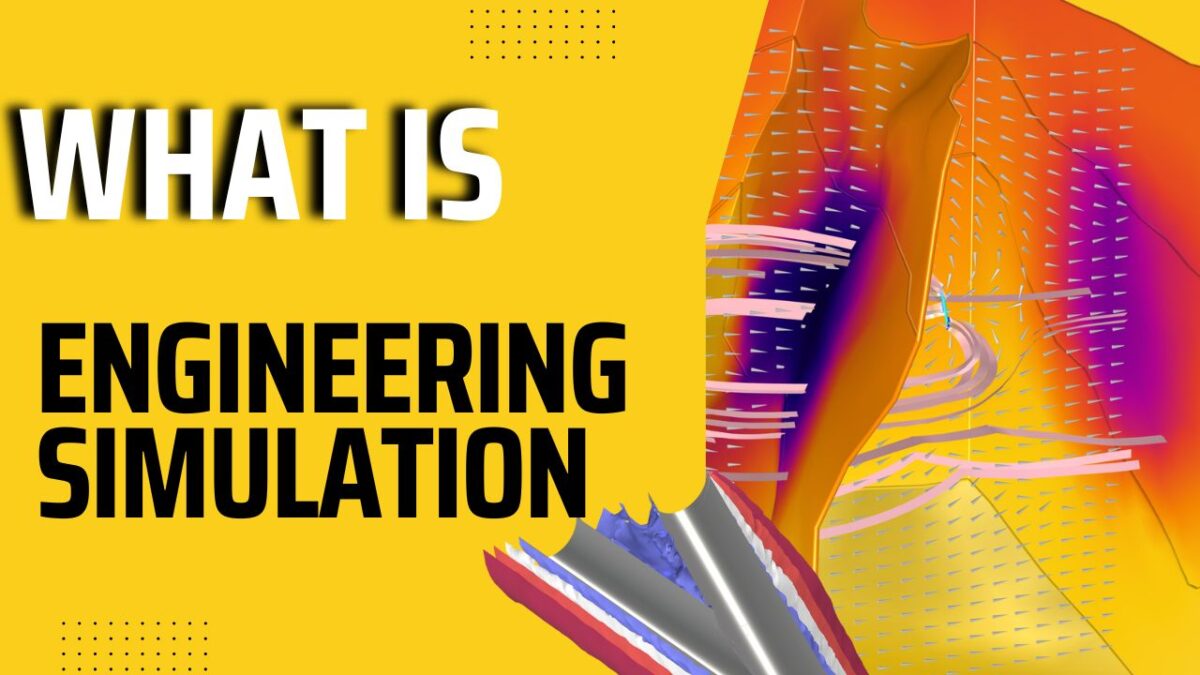In the field of engineering, the practise of using sophisticated graphical software to examine designs and find solutions to engineering issues is referred to as engineering simulation, which is also known as computer-aided engineering (CAE). Finite Element Analysis (FEA), also known as Computational Fluid Dynamics (CFD), Thermal Analysis, Multibody Dynamics, and Optimization are all components of CAE.
Interested to Learn Engineering modelling? Check our Courses?
Engineering simulation is essential for addressing questions about the positive and negative affects of the many elements liable in the manufacture of the product right from the planning stage. Engineers will utilise simulation software to investigate and evaluate hundreds of different design options before settling on the best one. This not only helps in strategic elements of the product across its whole lifespan but also helps with financial aspects of the product, which ultimately results in an increase in product value and production efficiency.
Engineering simulation is used in a variety of sectors, including the energy sector to avoid cavitation in turbines, the aerospace sector to minimise turbulence in aircraft, the heating, ventilation, and air conditioning sector to provide ventilation and air conditioning in buildings, and others. Electronics to cut down on the amount of heat generated by batteries In the automotive industry, to treat combustion; in the oil and gas industry, to investigate the presence of particles and other fluids in multiphase flows; in city planning, to ensure the comfort of pedestrians in windy conditions; etc.
What possible use may there be for simulation in the engineering field?
There has never been a time when the demand for engineering simulation projects was higher than it is now, with clients expecting solutions with minimal capital and operating expenses. The most successful designs strike a balance between the amount of money spent on capital expenditures and the amount spent on operating expenses. The quantitative and qualitative insights required to demonstrate the superiority of one design over another may be obtained via the use of simulation. It offers a risk-free means of putting your ideas to the test.
Thanks for reading 🙂
For help in modelling in any FEA, FDTD, DFT Simulation / Modelling work, you can contact us (bkcademy.in@gmail.com) or in any platform.
Interested to Learn Engineering modelling? Check our Courses?
u can follow us on social media
Share the resource
-.-.-.-.-.-.-.-.-.().-.-.-.-.-.-.-.-.-
© bkacademy
